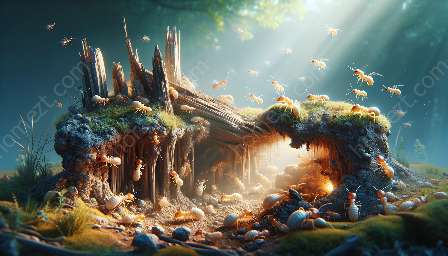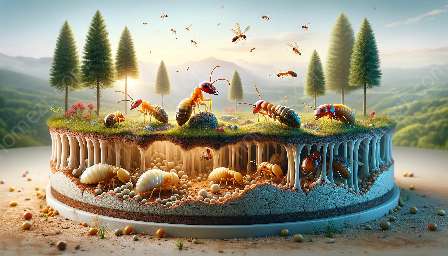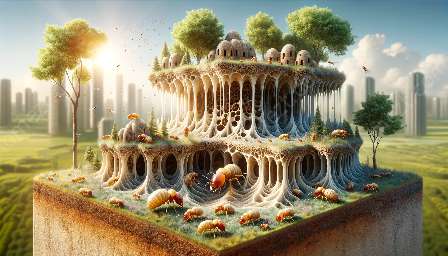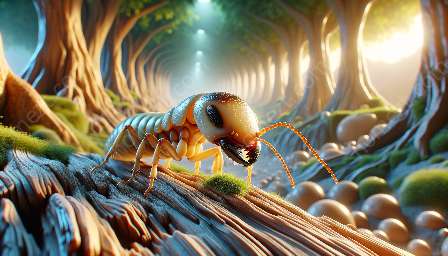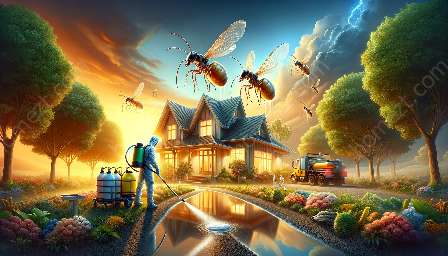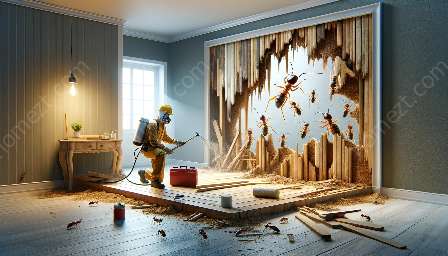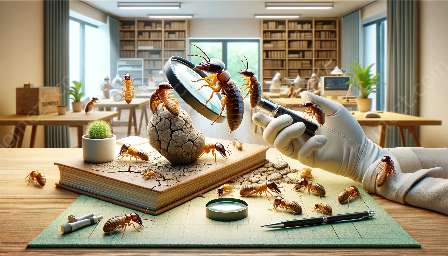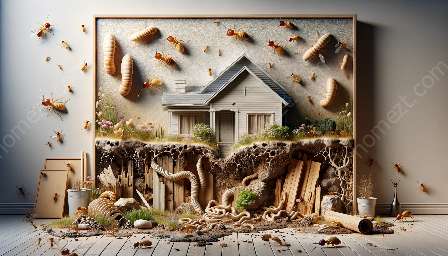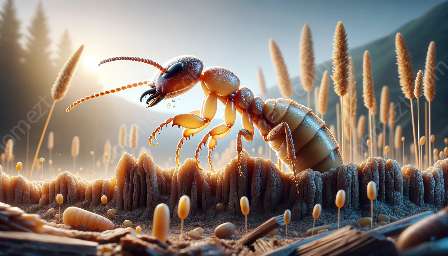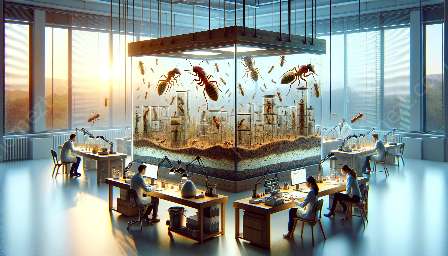Termites are social insects that live in colonies and display fascinating behaviors that can be both destructive and intriguing. Understanding termite behavior is essential for effective pest control measures.
Social Structure
Termite colonies consist of various castes, including workers, soldiers, nymphs, and reproductive individuals. Workers are responsible for creating tunnels, caring for eggs, and foraging for food. Soldiers defend the colony against predators, while the reproductive individuals are responsible for mating and establishing new colonies.
Foraging Habits
Termites are known for their voracious appetite for cellulose-based materials, such as wood. They forage for food in a systematic manner, following the pheromone trails left by their fellow workers. Termites' foraging habits can result in extensive damage to wooden structures if left unchecked.
Communication
Termites communicate through the use of pheromones and vibrations. Pheromones play a crucial role in coordinating foraging activities and alerting other colony members to potential threats. Vibrations are also used to convey messages, particularly in response to danger or disturbances.
Nesting Behavior
Termites construct elaborate nests that vary in shape and size depending on the species. These nests provide protection from environmental conditions and potential predators. The construction of these nests involves intricate behaviors and cooperation among colony members.
Environmental Impact
While termites can be destructive pests, they also play a role in ecosystem processes. Their feeding behavior contributes to the breakdown of dead plant material, which aids in nutrient cycling and soil fertility.
Interactions with Pest Control
Pest control measures aimed at managing termite infestations often focus on disrupting their foraging and nesting behaviors. This can include the use of baits, liquid termiticides, or physical barriers to prevent termites from accessing structures.
Conclusion
Termites' complex behaviors make them both a fascinating subject of study and a challenging pest to manage. Understanding their behavior is crucial for developing effective pest control strategies that minimize their impact on human structures while appreciating their ecological role in the environment.


